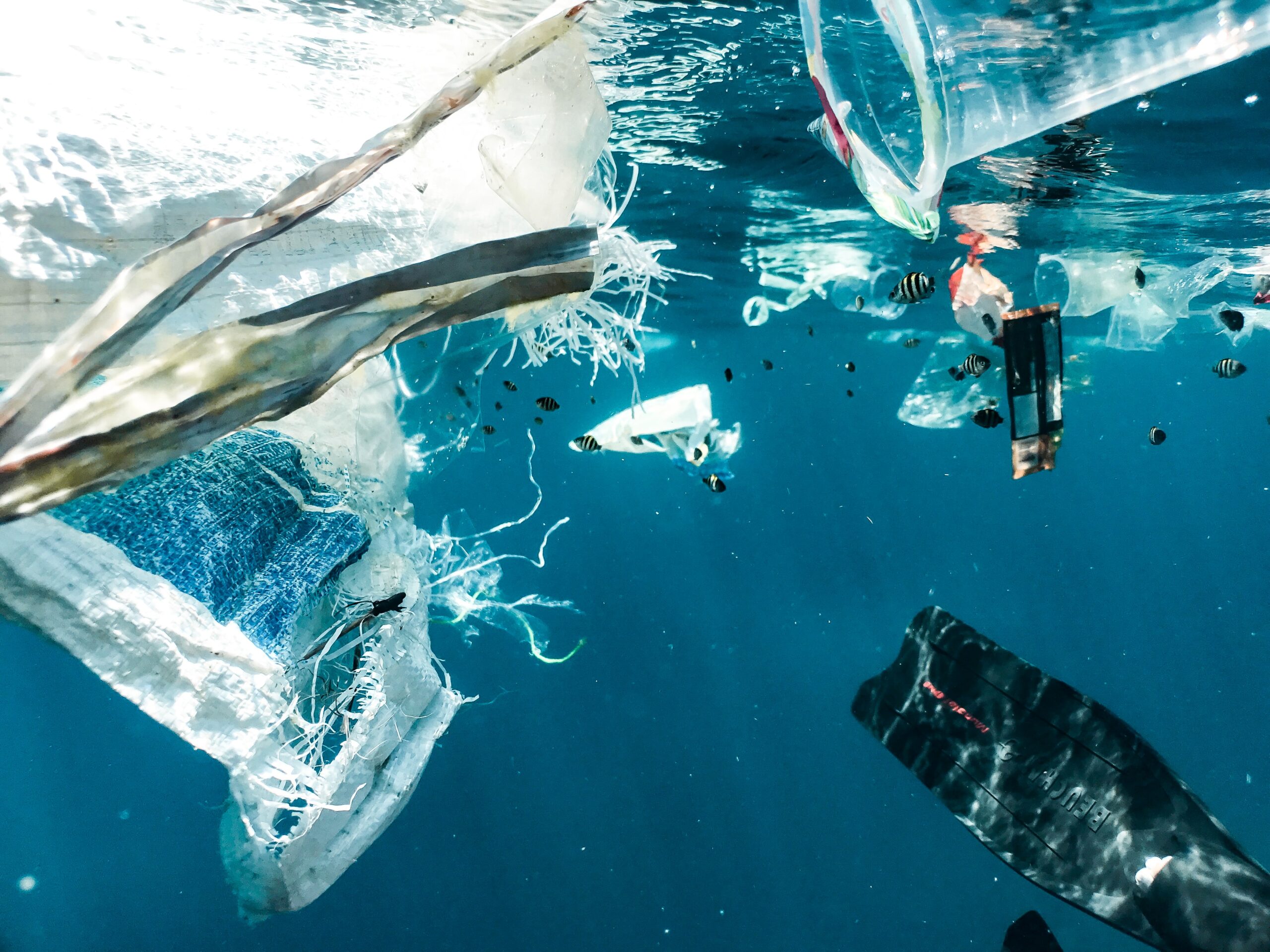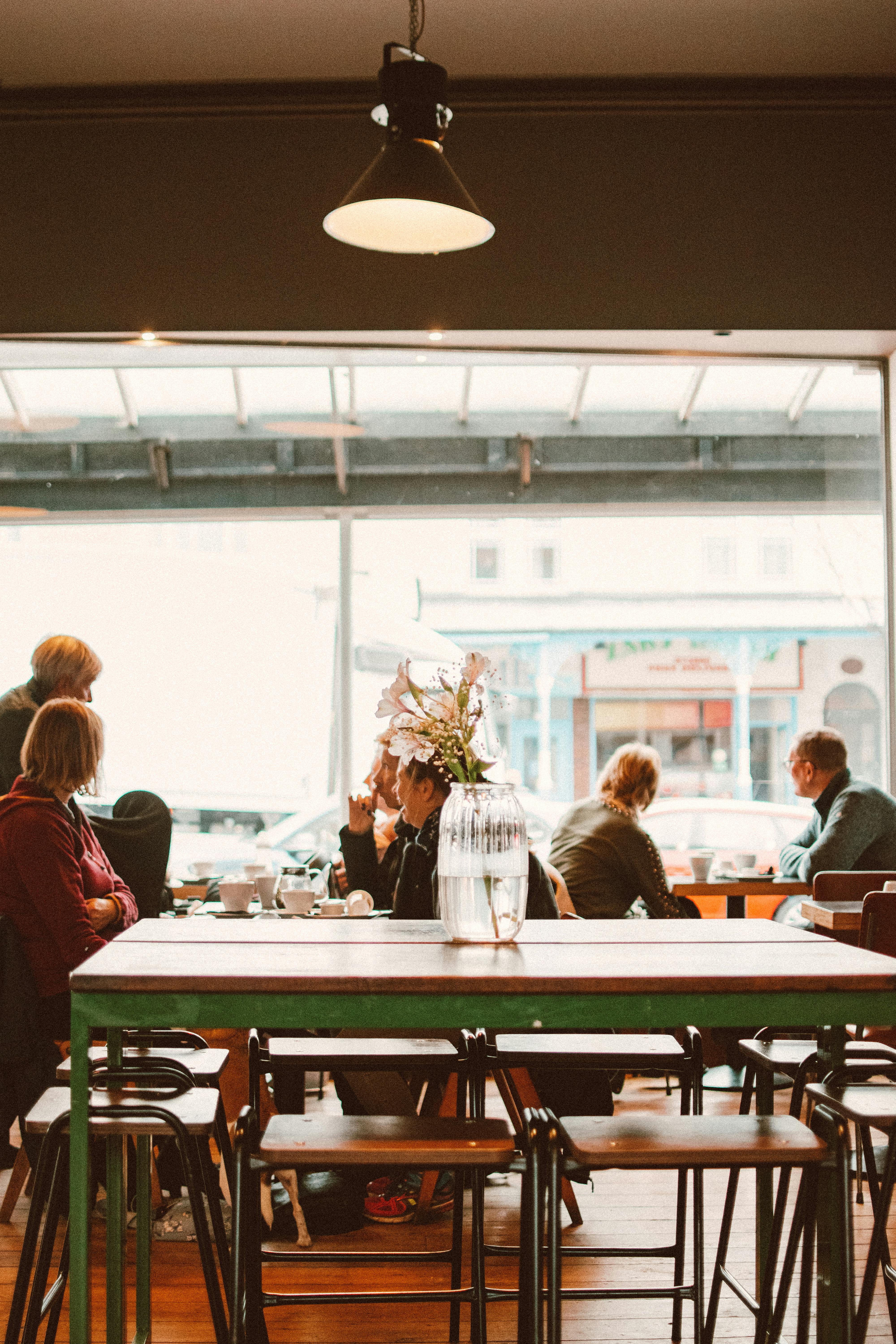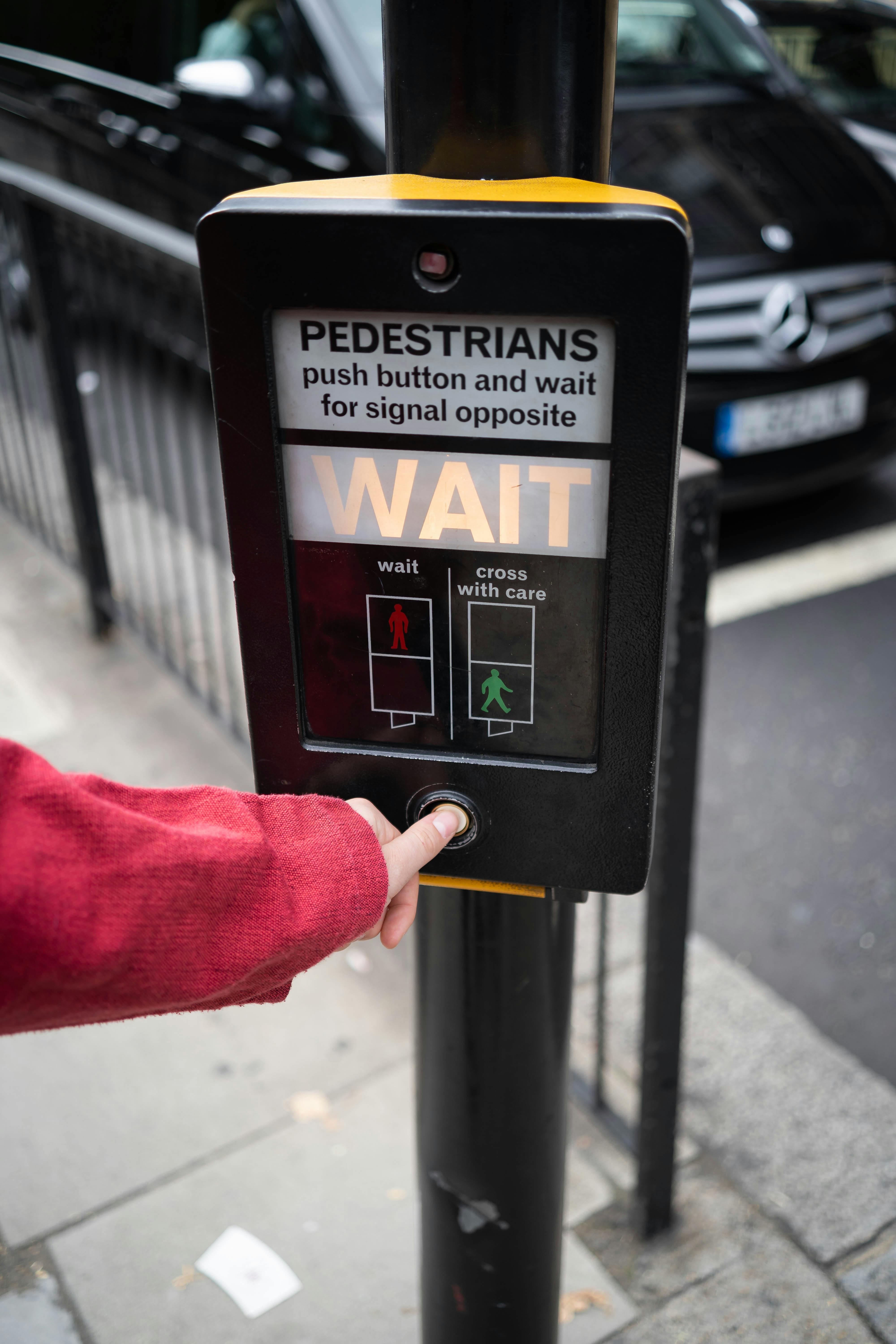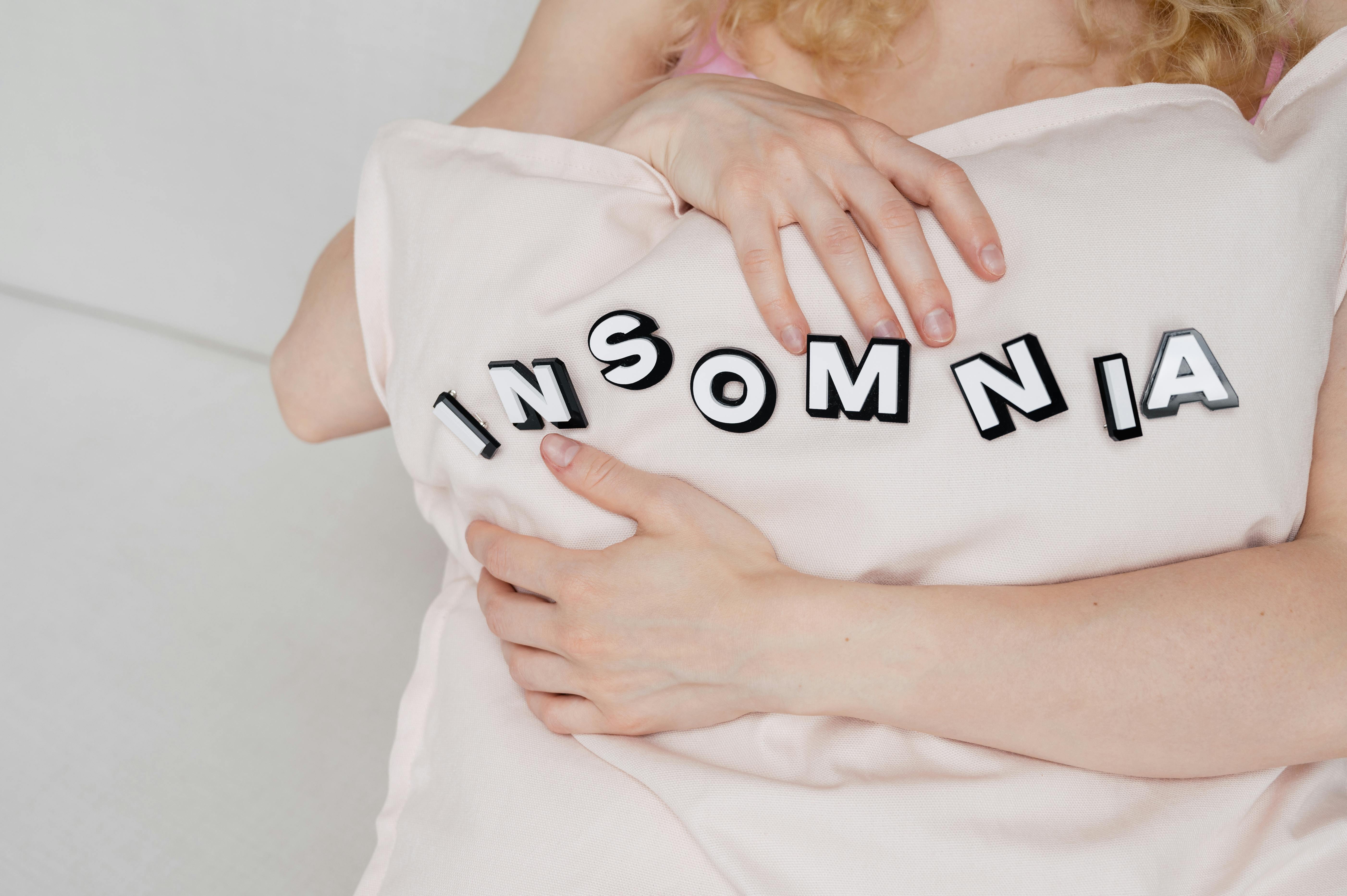BY: Alex Roberson
Different types of plastic are endangerments to the environment. Plastic is biodegradable, so it breaks down into smaller pieces and the pieces stick to each other like magnets. Tens of thousands of marine organisms have suffered from entanglement and digesting plastic. Fish are eating microplastics, which are small plastic particles in the environment. After marine life eats plastic, the plastic works its way up the food chain and into what we eat, according to Oceana.
I decided to ask students on campus about their thoughts on the subject. I first interviewed Jazmyn Crumpton, a Junior at AUM. Crumpton said that she believes plastic is harmful to the planet and animals that live on the planet, and added, “Plastic is very easy for animals to choke on.” She further said that it endangers animals and that it is not healthy for the planet. While searching for someone else to interview, I ran into Regan Hagans, who recently graduated from AUM. She said she felt that plastic should be gone completely because it is harming the environment and marine life. She explained, “I think there are other options we can use besides plastic to take care of the plastic crisis.”
The last person that I spoke with was Chris Porter, who is a Senior at AUM. When I asked about his thoughts on whether or not plastic was harmful to the environment, he explained that he feels plastic is indeed harmful and that we are creating something that is unnecessary. He added, “We should go back to using metal cups and metal utensils.” I agree with everyone I interviewed and their reasons as to why we should stop using plastic.
As a community, we know plastic is harmful to the environment, but it is still being made in factories. One day in class recently, we had the opportunity to speak with Ryan Reigns of the North Florida Wildlife Center. When I asked him about how plastic harms wildlife and marine life, he reiterated that since plastic is biodegradable, it just keeps breaking down and it does not disappear. He even mentioned that recycling does not actually help the environment much.
I also had the pleasure of interviewing Dr. Chelsea Ward, who is head of the Biology and Environmental Science Department at AUM. She talked about how plastic can harm wildlife and said there are two big dangers plastic presents: consumption and entanglement. Dr. Ward also expressed how using less plastic is helpful in ways we do not understand. She suggested “staying away from single-use plastic, refilling containers we have, and not using plastic bags and straws if we can get away with it.” Listening to Dr. Ward opened my eyes, and it amazed me how small things slip our minds that can help the world look its best. For example, if I attend a birthday party and they have ice cream, I could use my own metal spoon from home.
The interviews I had with my peers and Dr. Ward were informative, and I enjoyed gaining a more in-depth understanding of why plastic is harmful to our environment, especially marine life and wildlife.




